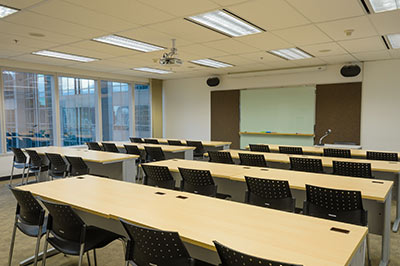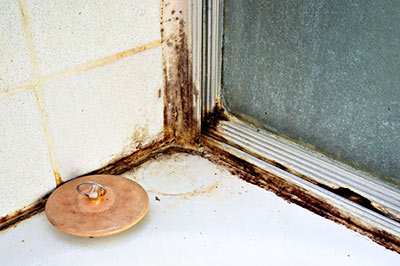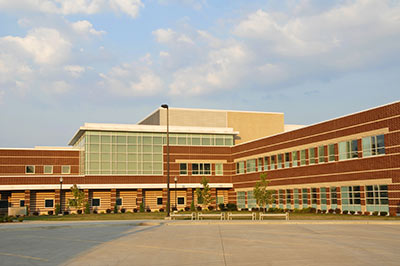South Carolina Education Oversight Committee Stevenson, K. R. (2001).
This research project sought to determine if a relationship exists between school academic outcomes and school facilities characteristics. To address this issue, data were gathered from a variety of sources including research literature, state data files, principal questionnaires, and focus groups.
Stevenson_The Relationship of School Facilities Condition To Selected Student Academic







